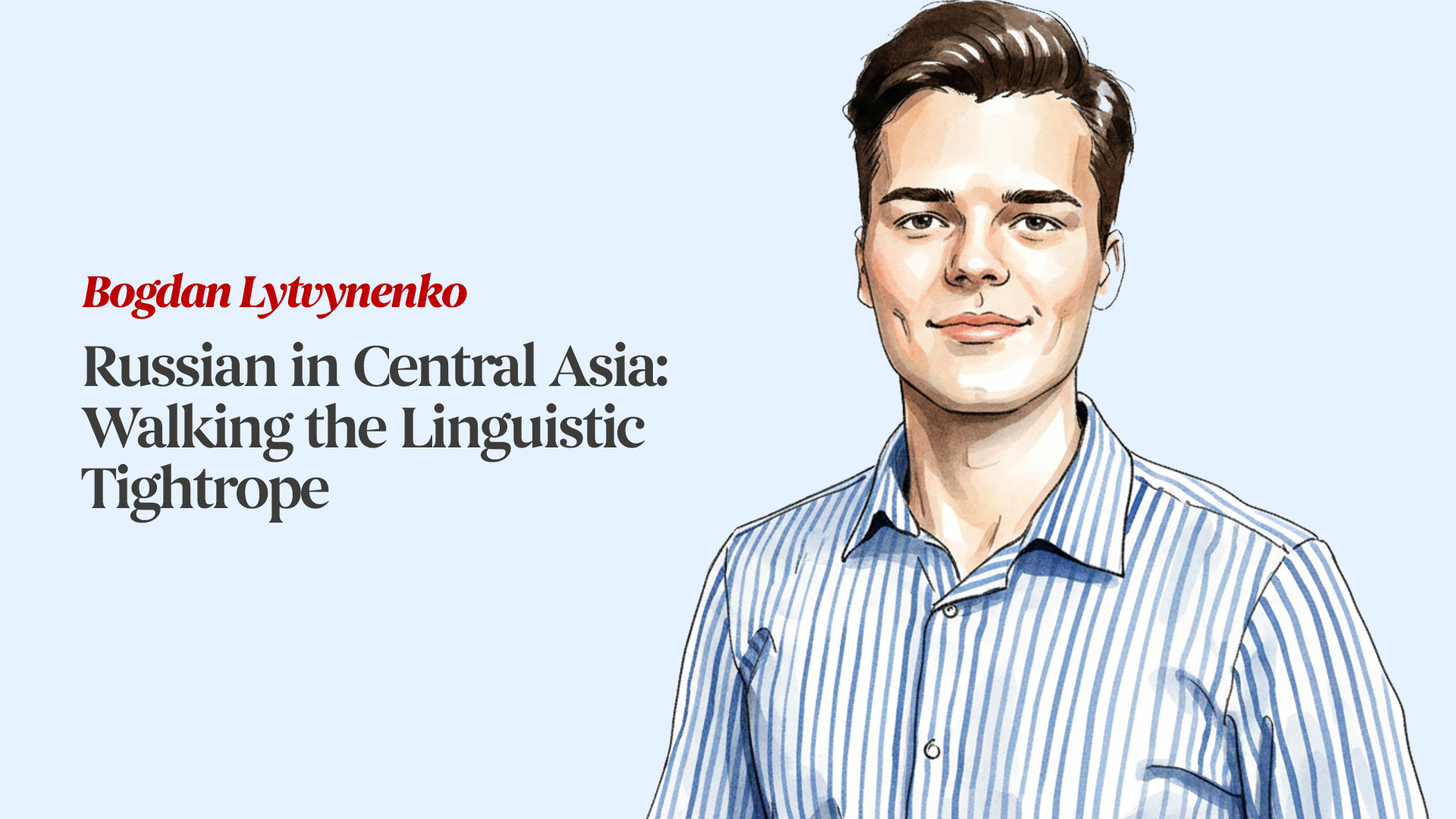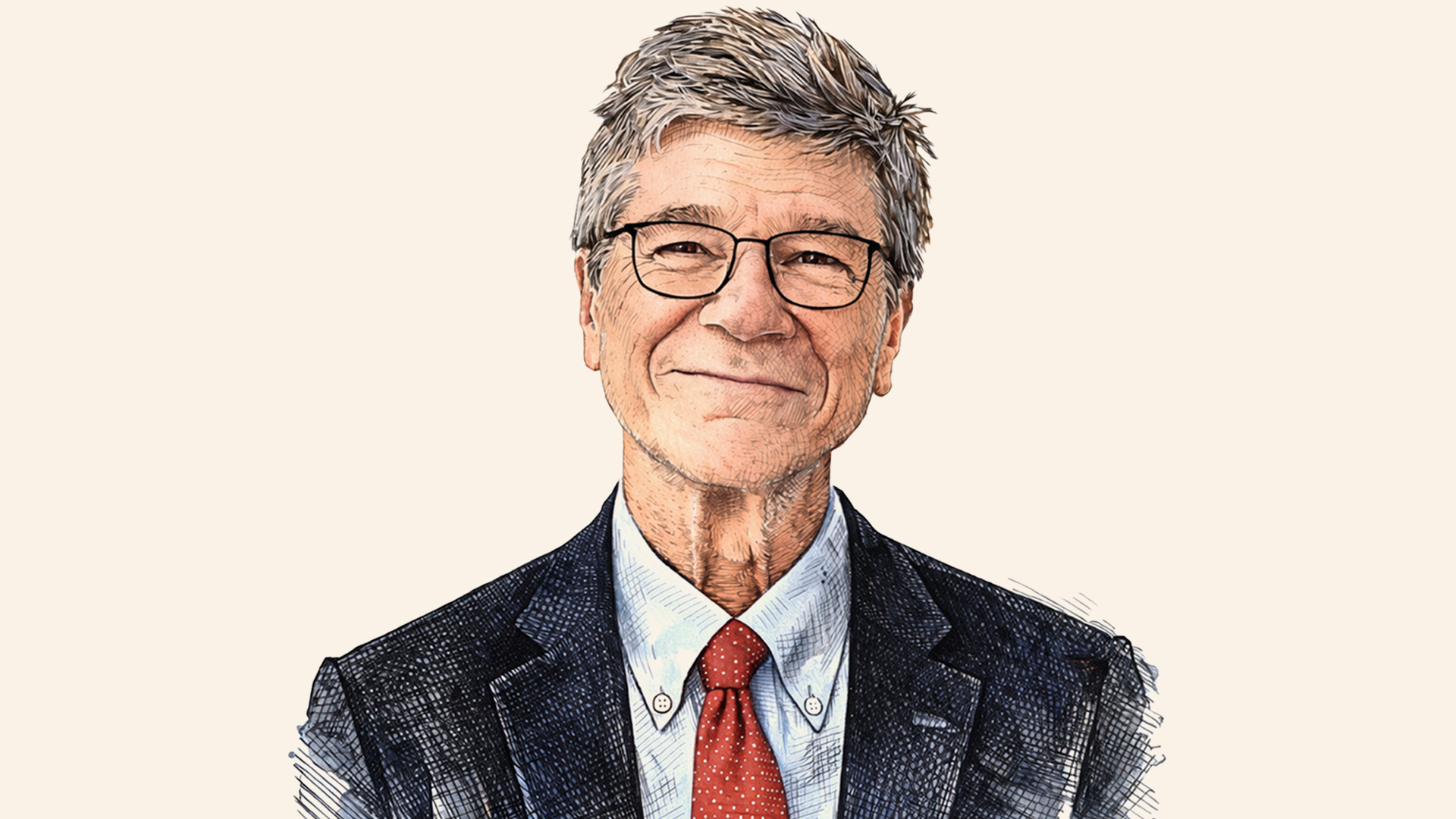 Jose Graziano Da Silva
Jose Graziano Da Silva
With increasing frequency and magnitude, disasters and conflicts are causing untold human suffering in many parts of the world. These are as diverse as Typhoon Haiyan, Ebola, the civil war in Syria, to name but a few of the more recent. We need more concerted efforts to end conflict, alleviate suffering and reduce risk and vulnerability conditions facing millions of people, most of whom are poor and live in rural and marginalised areas of developing countries. This, essentially, is the aim of the World Humanitarian Summit convened by UN Secretary-General Ban Ki-moon. It seeks to build on the momentum of an extraordinary series of commitments by the international community.
The recent adoption of a sustainable development agenda to end hunger and poverty and to “leave no one behind”, a universal climate agreement, and a new framework to reduce disaster risk and enhance resilience are important steps in the right direction. But we must go much further and radically transform how we perceive and implement humanitarian efforts. Crises are not only humanitarian emergencies. Many are also about neglect and lack of development and as such cannot be solved by humanitarian action alone.
In practical terms, it means moving beyond responding with short-term relief measures and investing much more in tackling the root causes of crises. It means building resilience and strengthening the livelihoods of people in ways that not only drive recovery from war, disease, floods and other shocks, but also help to reduce the impact of these crises and, where possible, prevent them from taking place altogether. Agriculture and rural development are key to strengthening livelihoods of the most vulnerable, including hundreds of millions of small-scale family farmers who are responsible for producing an important share of the world’s food. And it is they who are most at risk. The damage is there for all to see. Extreme weather events, such as those associated with El Nino, wreak havoc across wide swathes of the rural areas of the developing world, animal diseases disrupt food chains and wars force millions to abandon their homes, fields and livestock, and become migrants at a scale not seen since the Second World War.
The article's full-text is available here.











